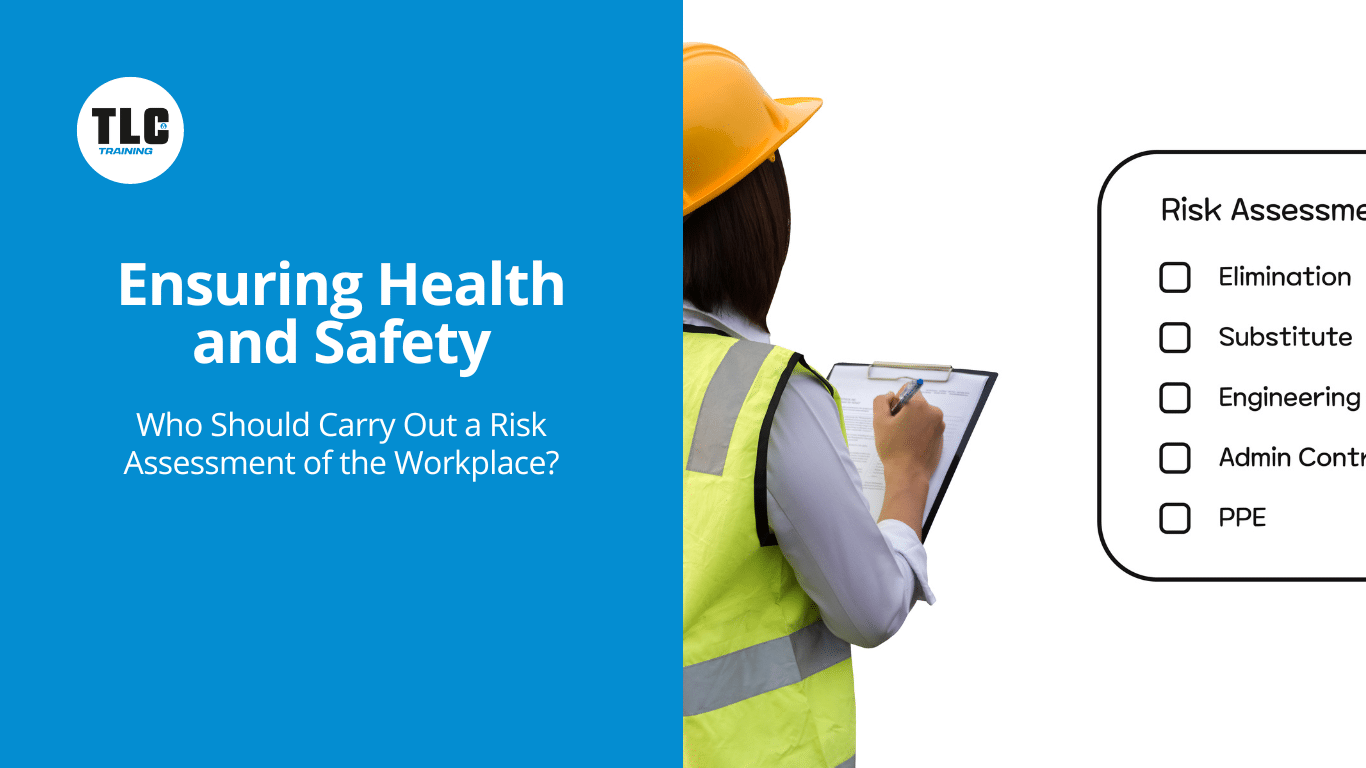In every organisation, the safety and wellbeing of employees is a top priority. One way to ensure this is through a workplace risk assessment, an essential process that identifies potential hazards in the workplace and determines the necessary measures to mitigate them. But who should carry out this crucial task? This blog post will continue to discuss the importance of risk assessment and who is responsible for ensuring that it is carried out.
Understanding Workplace Risk Assessment
Before we delve into who should conduct a workplace risk assessment, it’s important to understand what it entails. A workplace risk assessment is a systematic process that involves identifying potential hazards in a workplace, evaluating the risks associated with these hazards, and determining suitable ways to eliminate or control these risks.
Risk assessments are not just about physical risks but also consider psychological factors like stress and mental health issues that can affect employees’ productivity and overall wellbeing. They are an integral part of any organisation’s health and safety management plan.
Who Should Conduct a Workplace Risk Assessment?
- Employers
The primary responsibility for conducting workplace risk assessments often falls on employers or business owners. They have a legal obligation to ensure their employees’ safety and health at work under various occupational health and safety regulations worldwide.
Employers need to be proactive in identifying potential hazards in their workplace, evaluating their severity, implementing appropriate control measures, and regularly reviewing these measures for effectiveness. However, this does not mean they have to do it alone; they can delegate this task but remain accountable for its completion. - Health and Safety Officers
In larger organizations where there are more complex safety issues, dedicated Health and Safety Officers (HSOs) often carry out risk assessments. These professionals have specialised training in identifying potential hazards in different work environments—from offices to construction sites—and developing strategies to manage these risks effectively.
HSOs also play an essential role in promoting awareness about health and safety practices among employees through training sessions or workshops. - External Consultants
In some cases, organisations may choose to hire external consultants to conduct risk assessments. This is particularly common in industries with highly specialised or technical operations, such as chemical manufacturing or construction.
External consultants bring a fresh perspective and can provide unbiased assessments of an organization’s safety practices. They also have extensive knowledge and experience in dealing with a wide range of workplace hazards, making them well-equipped to identify potential risks that may not be apparent to those within the organisation. - Employees
While employers, HSOs, and external consultants play significant roles in conducting risk assessments, employees also have a part to play. After all, they are the ones who are most familiar with their work environment and daily tasks.
Employees can contribute valuable insights into potential hazards and risks during risk assessment exercises. They can also suggest practical solutions based on their firsthand experience of the work processes and environment.
The Importance of Collaborative Risk Assessment
In conclusion, while employers bear the primary responsibility for conducting risk assessments in the workplace, it should ideally be a collaborative process involving health and safety officers, external consultants (if necessary), and employees.
A comprehensive risk assessment requires diverse perspectives and expertise to identify all potential hazards effectively and develop robust strategies for managing these risks. By involving different stakeholders in this process, organisations can create safer workplaces where employees can thrive.
Remember that risk assessment is not a one-time event but an ongoing process that needs regular reviews and updates to remain effective. As workplaces evolve over time—whether due to changes in technology, work processes or personnel—so too should your organisation’s approach to managing health and safety risks.
